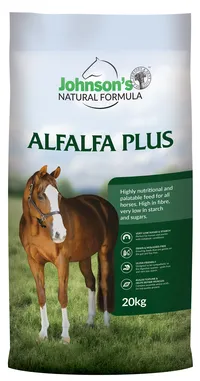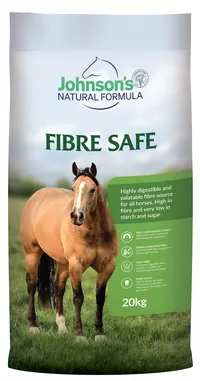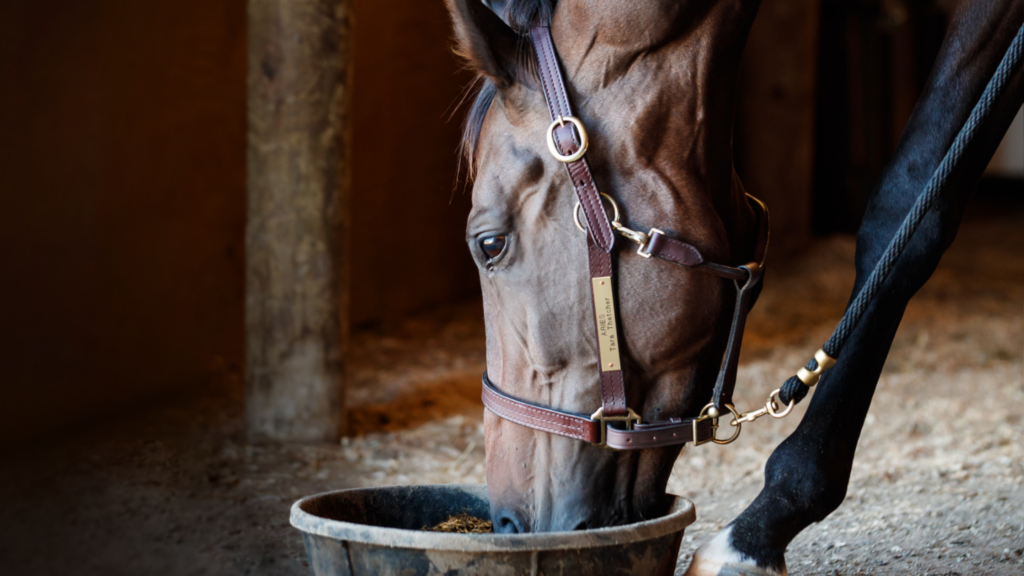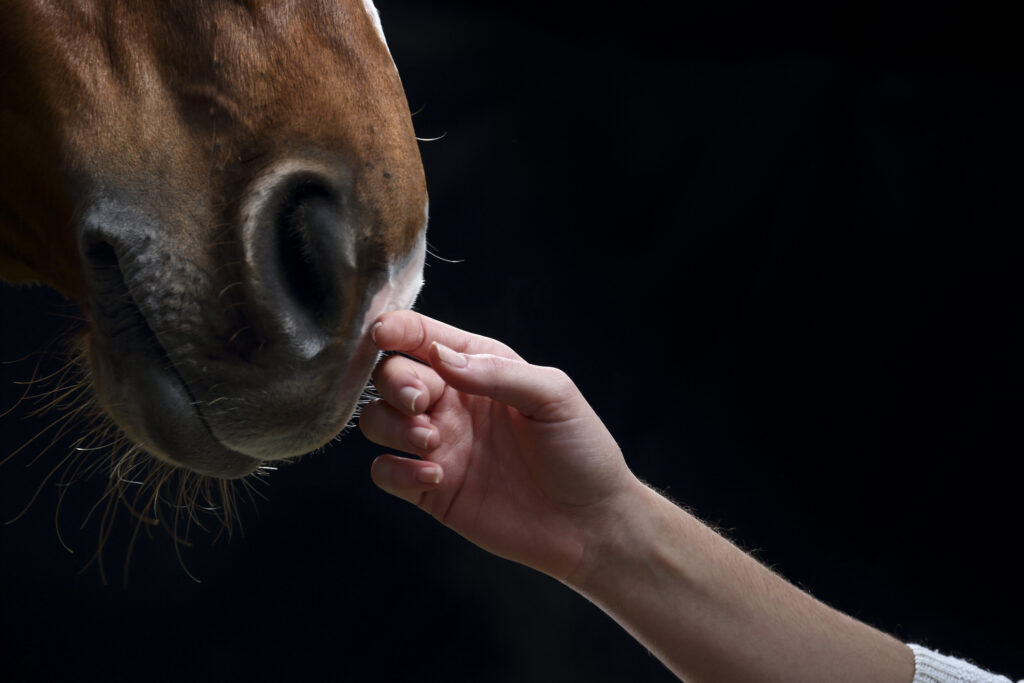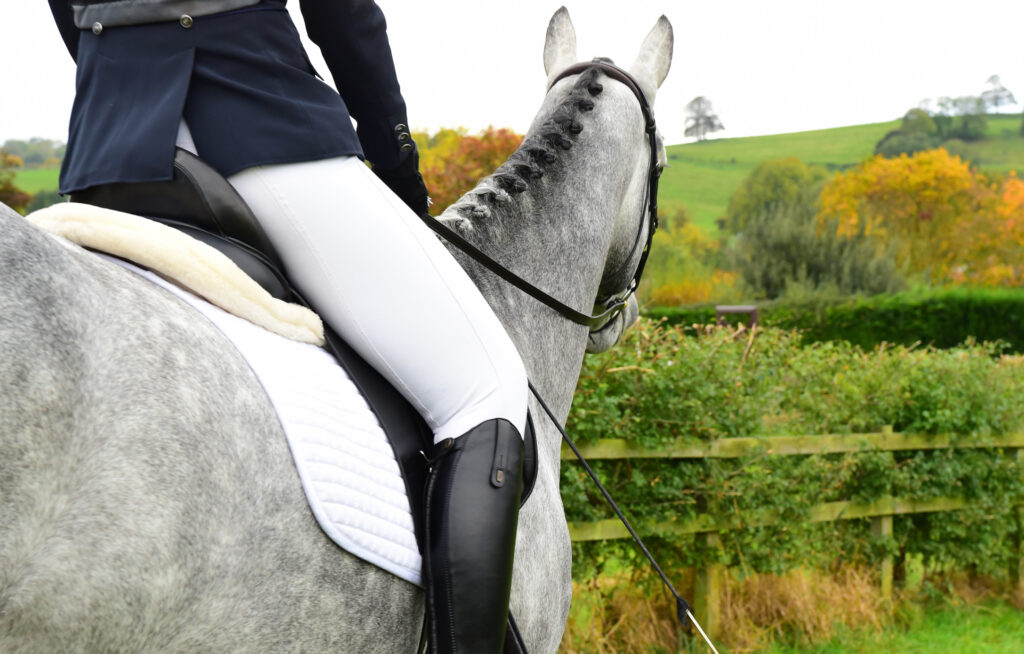Laminitis is a serious and potentially life-threatening condition that can be triggered by various events and risk factors. While it can occur at any time, spring is a particularly high-risk period for horses and ponies that are susceptible to laminitis. The rapid growth of lush pasture during this season can cause sudden spikes in sugar intake, which may lead to an onset of laminitis. Being vigilant and proactive during this time is crucial to prevent and manage the condition effectively.
It’s essential to recognise the early signs of laminitis so that you can act quickly. Horses suffering from laminitis often lie down more frequently, as standing becomes painful. You might notice them leaning or rocking back on their heels to alleviate pressure from the painful areas of their hooves. A reluctance to move or a noticeable change in gait, often appearing stiff or awkward, is another common sign. Additionally, an increased digital pulse is a key indicator that something is wrong and should not be ignored.
If you suspect your horse is developing laminitis, the first step is to contact your vet for professional advice. Your vet will likely work closely with your farrier to provide the necessary support and care to help your horse recover. Early intervention is critical to managing the condition and preventing further damage.
In addition to veterinary care, it’s important to manage your horse’s environment and diet. Removing your horse from short, lush grass is essential, as this type of pasture can be high in sugars that may exacerbate laminitis. Instead, provide access to low-sugar hay, specifically with a non-structural carbohydrate (NSC) content of less than 10%. However, it’s crucial not to starve your horse, as this can lead to other serious health issues. Aim to feed 1.5-2.5% of their body weight in hay per day, adjusting based on their current weight and condition.
Balancing your horse’s diet with a low-sugar balancer or complete feed is another important step in managing laminitis. Always read the ingredients list carefully and avoid any feeds that contain high-NSC ingredients such as grains, grain by-products, or molasses. For horses at risk of laminitis, selecting feeds with a focus on low sugar content is key. Johnson’s Natural Formula ALFALFA PLUS is an excellent choice for this purpose. It is designed to provide essential nutrients while keeping sugar levels in check, making it a safe and effective option for laminitis prone or high-risk horses and ponies.
Understanding the sugar content in pastures and hays is also vital. Sugars are typically lowest in pasture during the very early morning, up until around 10 am. Restricting access to pasture during higher-risk times can help manage your horse’s sugar intake. Additionally, avoid grazing if a frost has occurred that day or night, as this can increase the sugar levels in the grass.
When selecting hay for laminitic horses, it’s important to choose options that are naturally lower in sugars. Mature hays are generally a good choice and it’s advisable to ask if a hay test is available before purchasing to confirm the sugar content. Tropical hays, like Rhodes and Teff, are typically lower in sugars, making them suitable for horses prone to laminitis. Similarly, Lucerne hay also has lower sugar levels compared to cool season grass or hay. To further reduce the sugar content, you can soak hay in warm water for about 30 minutes before feeding. If low-sugar hay is not available, Johnson’s Natural Formula FIBRE SAFE offers an excellent alternative. Specifically designed to provide high-quality fibre without high sugar levels, FIBRE SAFE is ideal for supporting your horse’s dietary needs while minimising the risk of laminitis.

